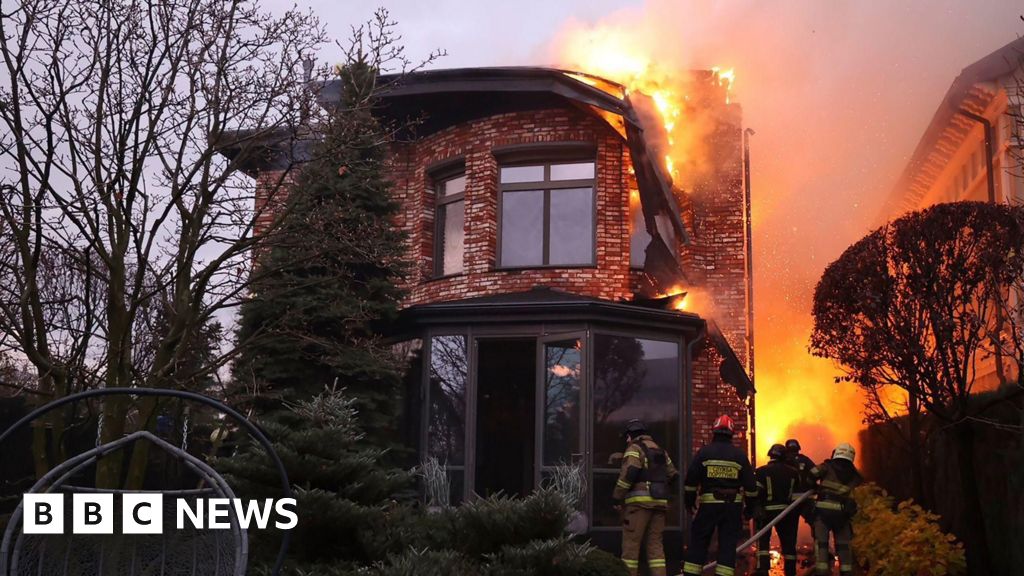World
Boeing and NASA call off first astronaut flight launch minutes before liftoff

A last-minute issue interrupted Saturday’s launch countdown for Boeing’s maiden astronaut mission.
Two veteran NASA astronauts, Barry “Butch” Wilmore, 61, and Sunita “Suni” Williams, 58, were strapped into the company’s Starliner capsule and awaiting liftoff when the countdown was halted at three minutes and 50 seconds.
Just before the hold, all of the mission teams voted in the “go/no go” poll and declared Starliner “go” for launch.
“This is a great day to be proud of your nation,” Wilmore remarked from the capsule following the poll.
With only a split second to take off Saturday afternoon, there was no time to work out the current issue, and everything was cancelled.
The cause of the automatic hold is unknown, but mission teams anticipate a 24-hour turnaround time, according to the NASA webcast. Teams will prepare to safely rescue the crew from the capsule.
The launch was earlier postponed for leak checks and rocket repairs.
NASA wants a backup for SpaceX, which has been carrying astronauts for four years.
In May, company and NASA officials stated that despite a propulsion system leak, the Starliner capsule can safely transport two test pilots to the International Space Station. The minor helium leak was identified following the initial launch attempt on May 6, which was canceled due to an unrelated rocket fault that has now been resolved.
Engineers suspected a faulty rubber seal the size of a shirt button, and said that even if the leak worsened, it could be fixed in flight.
Demos in 2019 and 2022 had no one on board. Boeing was forced to repeat the empty trip due to software and other issues the first time.
“We’re not going to fly until we’re sure we’re safe,” NASA Associate Administrator Jim Free stated.
Boeing’s Starliner capsule has already been years late in carrying passengers to the ISS for NASA. SpaceX has launched crews since 2020. NASA wants both firms to provide taxi service so that they can support each other.
(With AP inputs)








